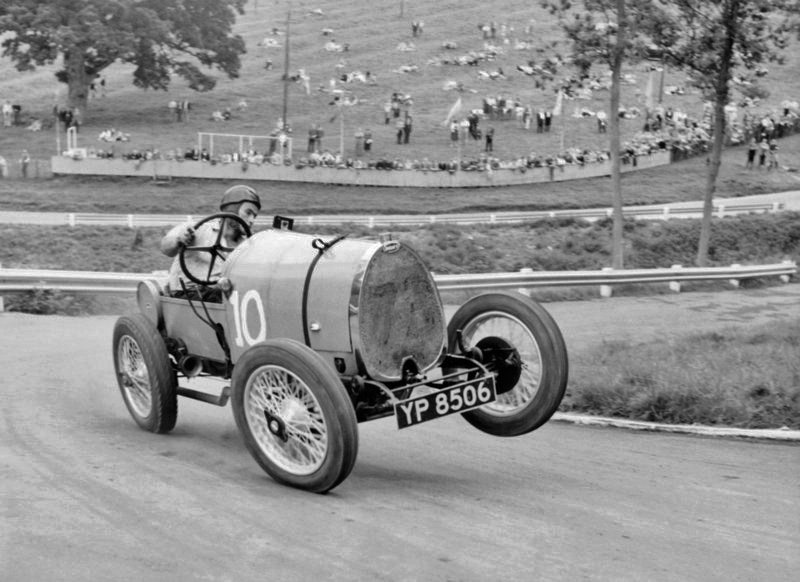Part 7 - A Bugatti in your garage? The restart with Volkswagen
22 July 2023 2 min read 4 images

Photo credit: Bugatti
Who would ever have thought of breathing new life into Bugatti with an 18-cylinder engine? Only Ferdinand Piëch. This was after the sad demise of the Campogalliano factory and the purchase of the historic marque by the Volkswagen Group, which believed a brand that had become legend had to continue its path strewn with unexpected and extraordinary things, like a powerful, compact engine featuring three six-cylinder banks.
Register to unlock this article
Signing up is free and gives you access to hundreds of articles and additional benefits. See what’s included in your free membership. See what's included in your free membership.
Already have an account? Log In


